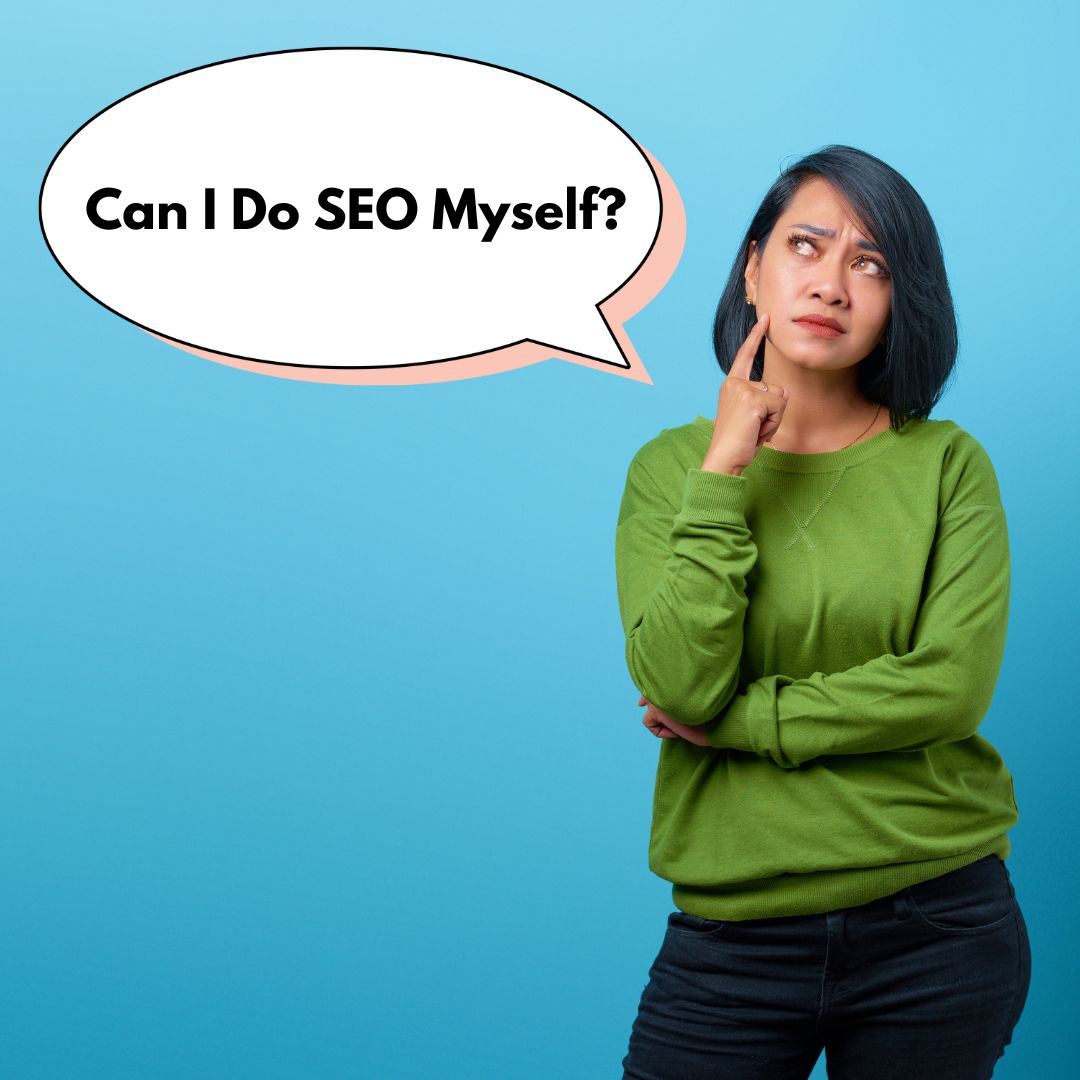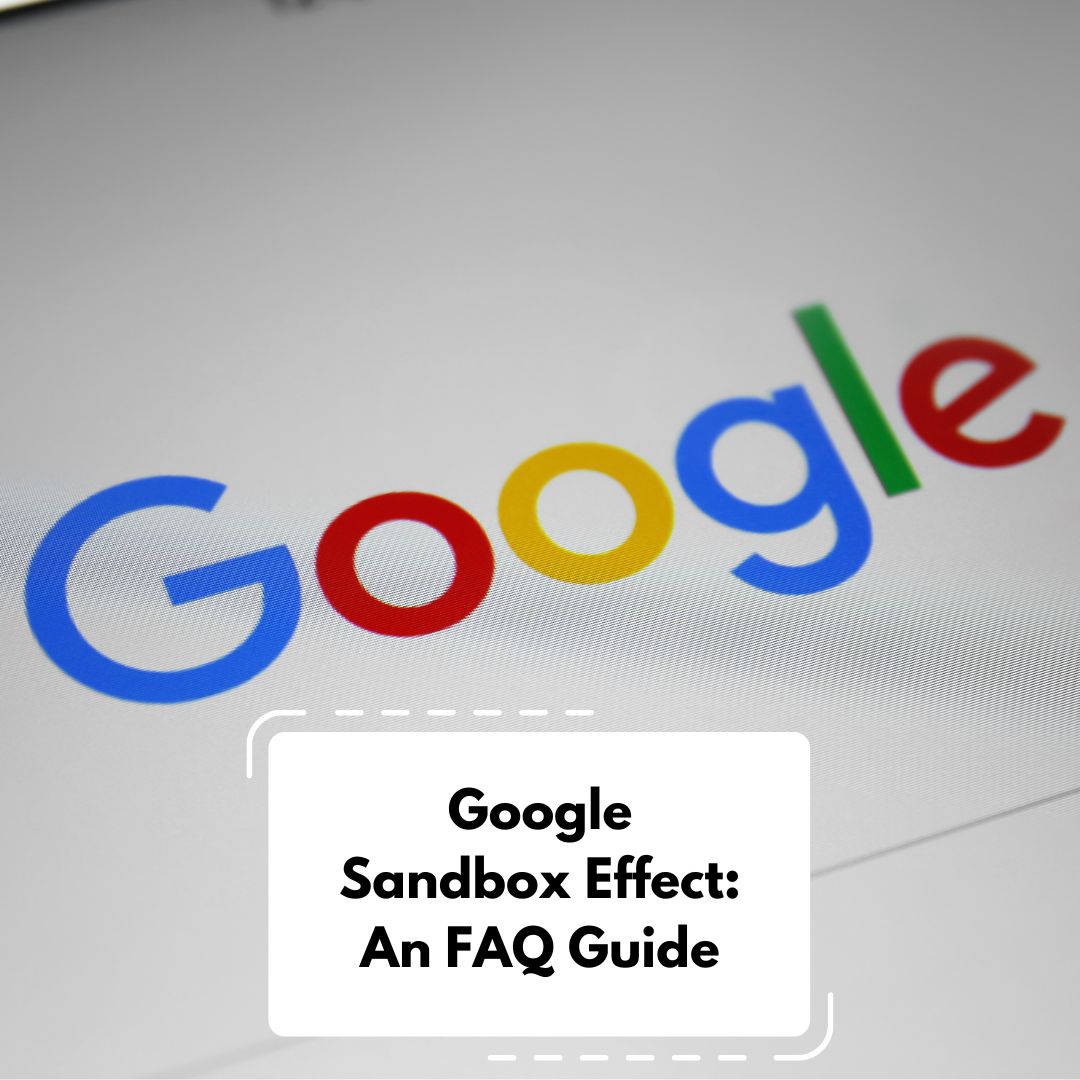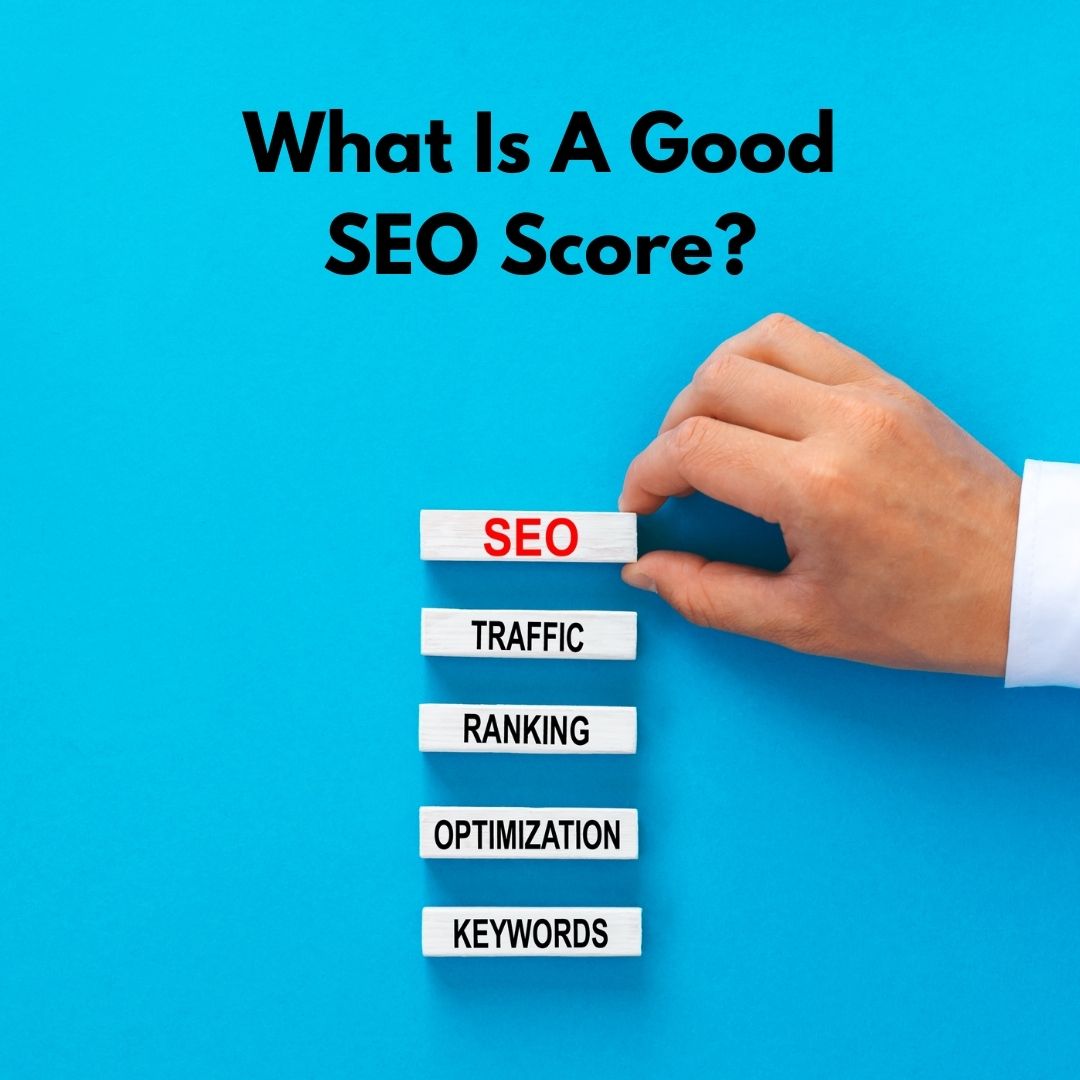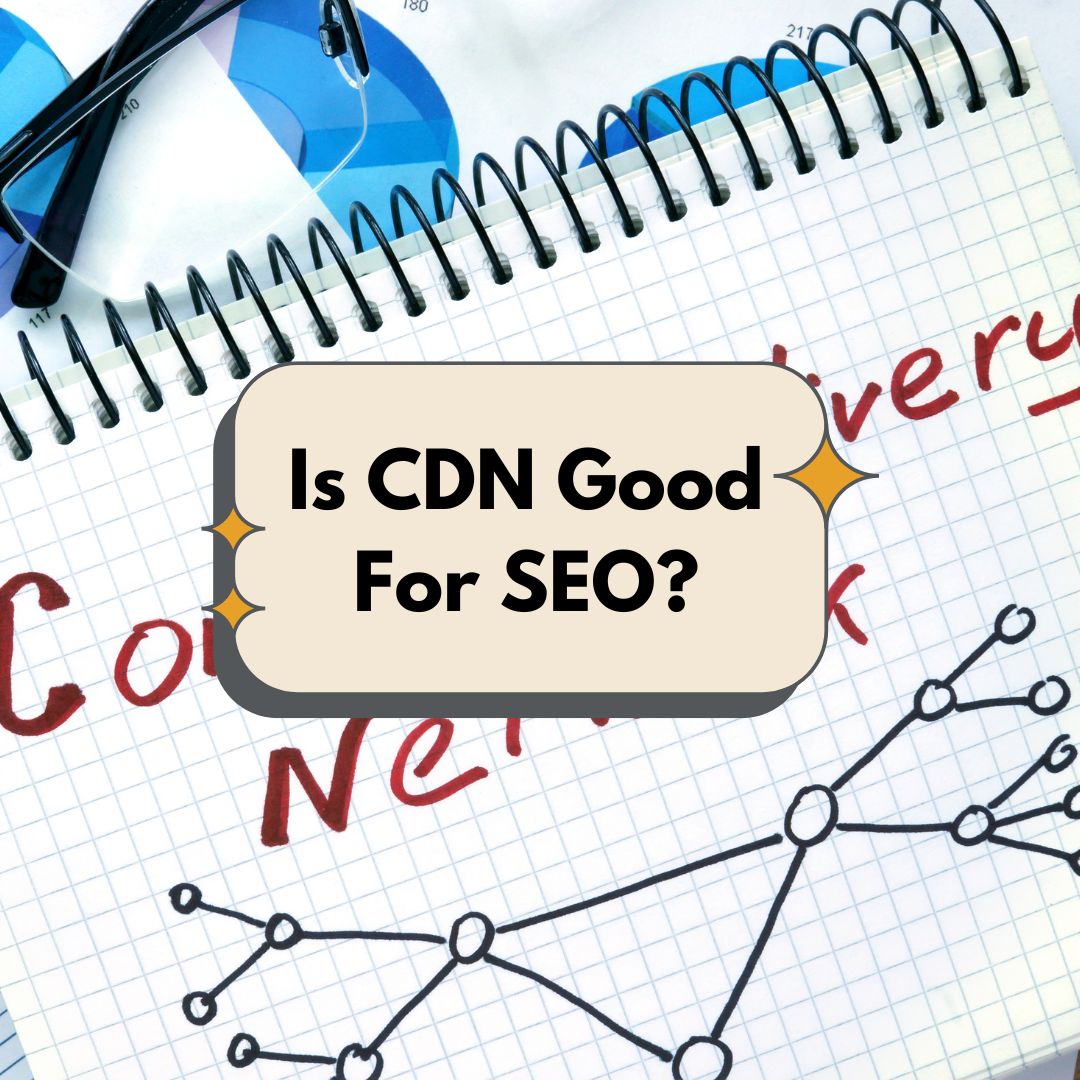What is the Google Sandbox? The term "Google Sandbox" refers to a speculated phase where…

Can I Do SEO Myself?
Can I Do SEO Myself?
Introduction
Search Engine Optimisation (SEO) can seem daunting, especially if you’re considering a do-it-yourself approach. However, with the right guidance and tools, anyone can embark on a DIY SEO journey. This mini-guide aims to demystify SEO for beginners and provide actionable steps to optimise your website.
Understanding SEO Fundamentals
What is SEO?
SEO is the practice of increasing the quantity and quality of traffic to your website through organic search engine results. It involves understanding what people are searching for online, the answers they are seeking, the words they’re using, and the type of content they wish to consume.
Why is It Important?
Investing time in SEO can provide a significant return. By optimising your site, you increase its visibility in search engines, which leads to more traffic and the potential for more conversions.
Step-by-Step Guide to DIY SEO
Step 1: Keyword Research
Begin by identifying the keywords your target audience uses when searching for products or services like yours. Tools like Google Keyword Planner, Ubersuggest, or SEMrush can help you find these keywords. Aim for a mix of broad and long-tail keywords.
Step 2: On-Page Optimization
This involves optimizing individual web pages to rank higher. Focus on:
- Title Tags: These should include your target keywords and be enticing to click on.
- Meta Descriptions: Though not a ranking factor, they influence click-through rates.
- Header Tags: Use H1, H2, etc., to structure your content effectively.
- Alt Text for Images: Helps search engines understand your images.
- URL Structure: Should be simple and include keywords.
Step 3: Quality Content Creation
Content is king. Create high-quality, engaging, and informative content that addresses your audience’s needs. Regularly update your blog or news section with fresh content.
Step 4: Site Performance and Mobile Optimization
Ensure your site loads quickly and is mobile-friendly. Google’s PageSpeed Insights can provide insights into areas for improvement.
Step 5: Link Building
Acquire quality backlinks from reputable sites. This can be achieved through guest blogging, collaborations, or creating shareable content.
Step 6: Local SEO (If Applicable)
For local businesses, ensure your Google My Business listing is accurate and complete. Collect customer reviews and ensure your NAP (Name, Address, Phone Number) consistency across the web.
Step 7: Analysing and Adapting
Use tools like Google Analytics to track your website’s performance. Look at metrics like organic traffic, bounce rate, and conversion rates. Be prepared to adapt your strategy based on these insights.
Common Mistakes to Avoid
- Ignoring Mobile Users: With the increasing prevalence of mobile searches, neglecting mobile search engine optimisation can be detrimental.
- Keyword Stuffing: Overusing keywords can lead to penalties from search engines.
- Neglecting Analytics: Not monitoring your site’s performance can lead you to miss out on key optimization opportunities.
- Poor Quality Backlinks: Not all backlinks are good. Focus on quality over quantity.
So..Can I Do SEO Myself?
The short answer is yes, you can do it yourself. With the right approach and dedication, anyone can learn the basicss and apply them to their website. However, it’s important to understand that it is a complex field that requires ongoing learning and adaptation.
Understanding the Basics
It is not just about implementing a set of techniques. It’s about understanding how search engines work and how users interact with them. You’ll need to learn the basics of how search engines crawl and index content, and how they determine the relevance and authority of websites.
Time and Commitment
DIY SEO is time-consuming. It requires continuous effort in terms of content creation, website optimisation, and staying updated with the latest trends and algorithm changes. If you’re running a business, you need to consider whether you can allocate sufficient time for it alongside your other responsibilities.
Learning and Resources
There are numerous free resources available online to learn SEO. Websites like Moz, Search Engine Journal, and Google’s Search Essential provide extensive information suitable for beginners. Free online courses and YouTube tutorials can also be helpful.
Tools and Software
While many tools require a subscription, there are free versions and tools available that can help you with keyword research, site analysis, and tracking your rankings. Google Analytics, Google Search Console, and other free tools can be incredibly valuable for DIY search engine optimisation.
When to Seek Professional Help
If you’re finding it challenging to get the results you want, or if it is taking too much time away from running your business, it might be worth considering professional help. Search engine optimisation experts can provide the skills and knowledge needed to make more significant progress.
Conclusion
Doing SEO yourself is possible, but it requires a commitment to learning and consistent effort. Whether you choose to do it yourself or hire a professional, what matters most is understanding the importance of search engine optimisation and its impact on your online presence. If you want to know more about SEO, contact us here!
Recommendations for Aspiring DIY Search Engine Optimisation
- Invest in Learning: Dedicate time to learning search engine optimisation basics and keep up with industry changes.
- Start with Small Steps: Focus on one aspect of search engine optimisation at a time, like keyword research or on-page optimization.
- Be Patient: Search engine optimisation results take time. Don’t expect overnight success, but look for gradual improvements.



